Long before the Homestead Act and the Northern Pacific Railroad brought non-Indian settlers to North Dakota, a group of displaced Scots settled in a colony in the northeastern corner of present-day North Dakota. They came here because they had been told that the Red River Valley “abounds in everything necessary to the wants and comforts of such people . . . Fish, venison, and fowl, and wild rice are in great plenty.”
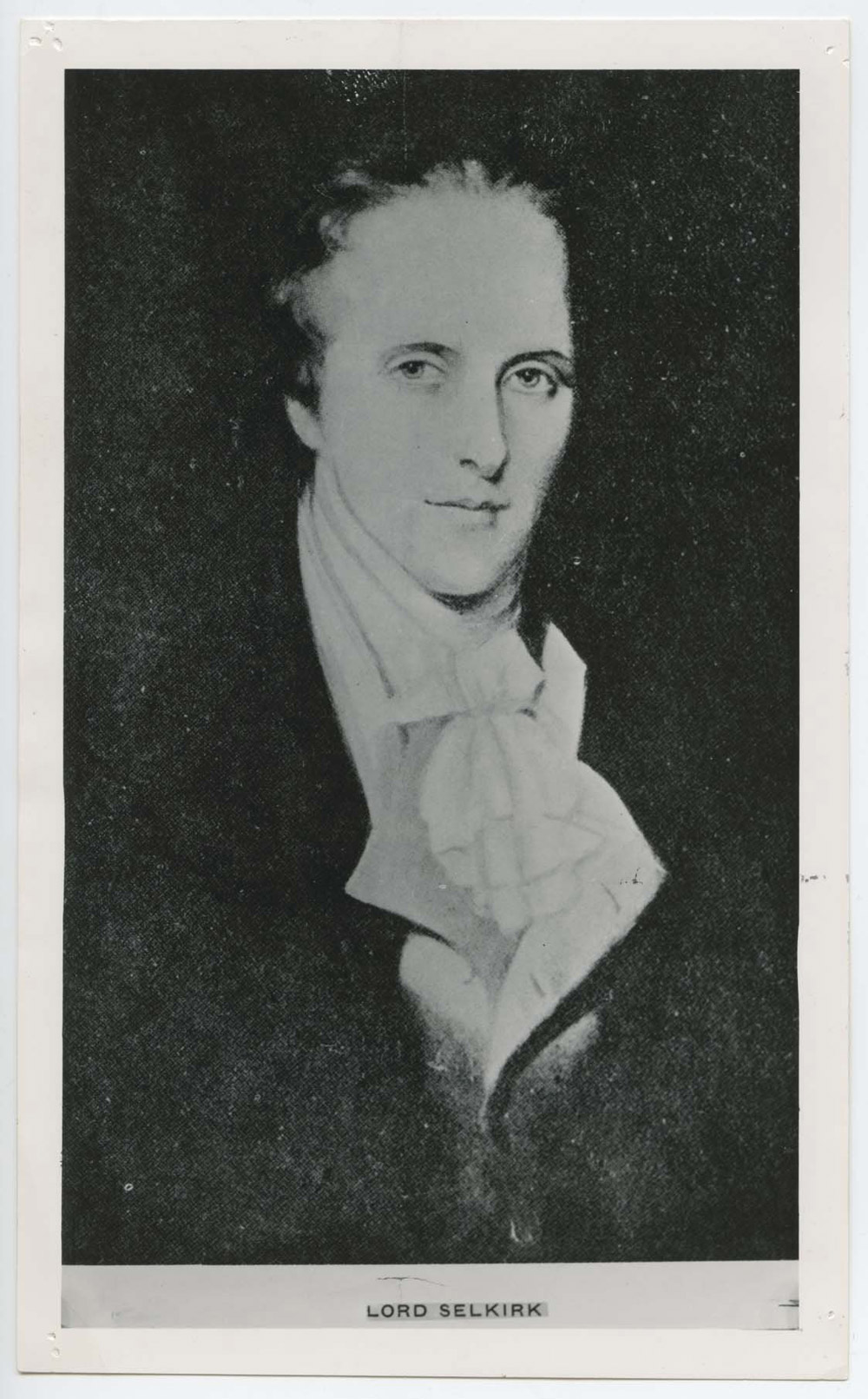
The Scots had lost the small farms they worked in Scotland when large land owners consolidated their holdings. The smallholders looked for new land in the United States, so they would not have to become factory workers in cities.
Bringing the Scots to the Red River Valley was the idea of Thomas Douglas, the fifth Earl of Selkirk. (See Image 1.) He was interested in social reform and in helping the displaced Scots resolve their land crisis.
Selkirk acquired a controlling share of the Hudson’s Bay Company (HBC) which, in 1811, granted him a massive parcel of land. Selkirk wanted to populate the land with Scots (and Irish) who would raise crops that would supply HBC employees with vegetables, bread, and meat.
Assiniboia, as Selkirk named his land grant, included parts of present-day Minnesota, North Dakota, Manitoba, and Ontario. Selkirk promised to bring 200 settlers to the land each year for 10 years. Immigrants who spent three years in the colony would receive 100 acres. Most of these immigrants were considered “servants” of the company.
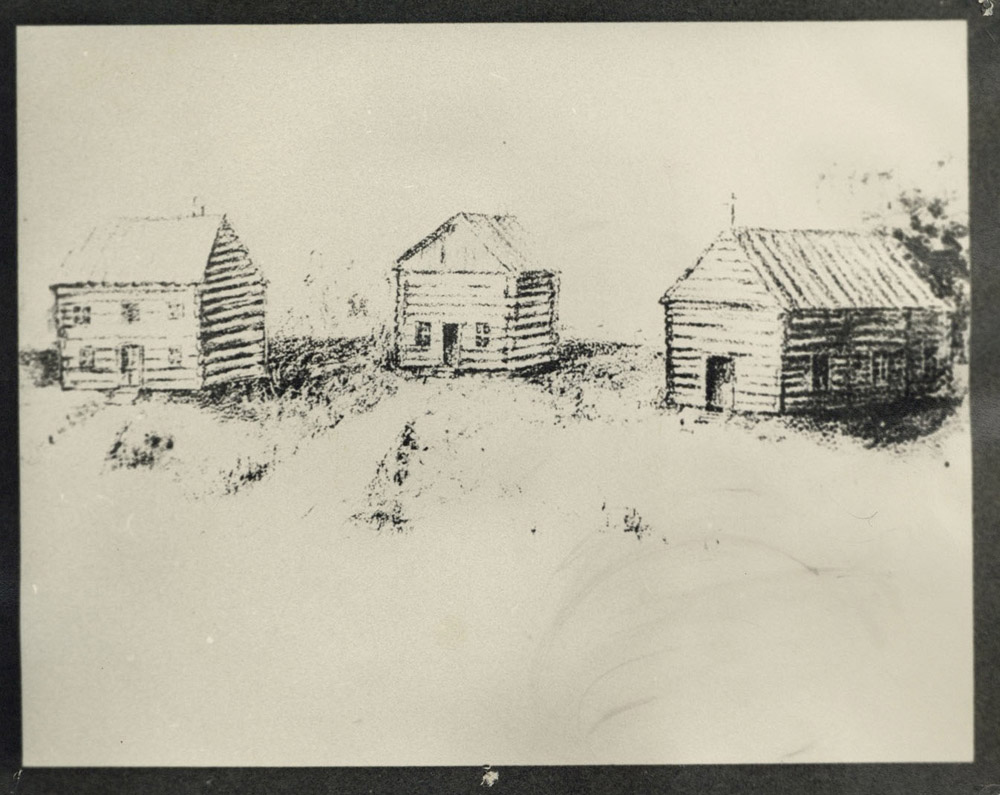
The settlers were promised good land in a good climate, and they were guaranteed freedom of religion. However, the settlers did not know exactly where they were going, how isolated their small village would be, or that the good climate was far colder than anything they had ever experienced.
The Selkirk colony was the center of fierce and often violent competition between the Hudson’s Bay Company and its chief rival, the North West Company (NWC). The NWC tried to discourage settlement with grim depictions of isolation in a barren wasteland threatened by hostile Indians. The NWC feared that a village of farmers would discourage trade in bison meat and hides.
However, settlers slowly migrated to the Red River Valley from Scotland between 1811 and 1815. They experienced extreme difficulties including disease and quarrels. Though Selkirk had given them guns, few had every used one or knew how to hunt for their own food. The first of the Selkirk settlers would have starved had not the Chippewas and Métis helped them through the winter.
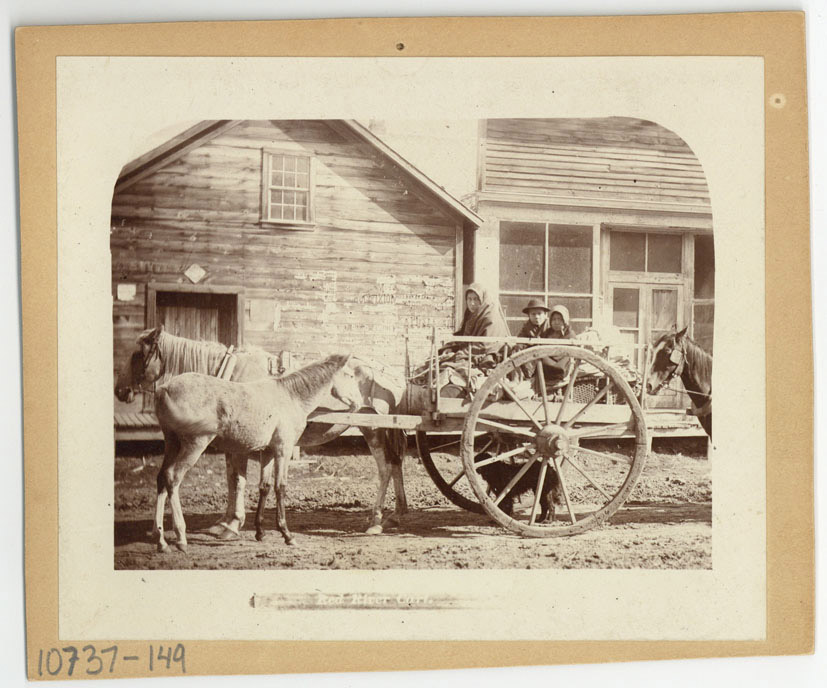
The first settlement was located at the mouth of the Assiniboine River (present-day Winnipeg). The Chippewas and Métis who lived in the area were friendly and helpful. They provided firewood and meat to the settlers. Chippewas, led by Peguis, took the Selkirk settlers south to the mouth of the Pembina River (in present-day North Dakota) and kept them fed and comfortable through the bad winter of 1811-1812.
At the mouth of the Pembina River, the colony built Fort Daer (pronounced “deer”) with small cabins, a storehouse, and a palisade wall for protection. In the spring, the settlers returned north to Winnipeg, but continued to spend winters near the good buffalo hunting range at the mouth of the Pembina River. Eventually, some of the settlers made the Pembina River region their permanent home.
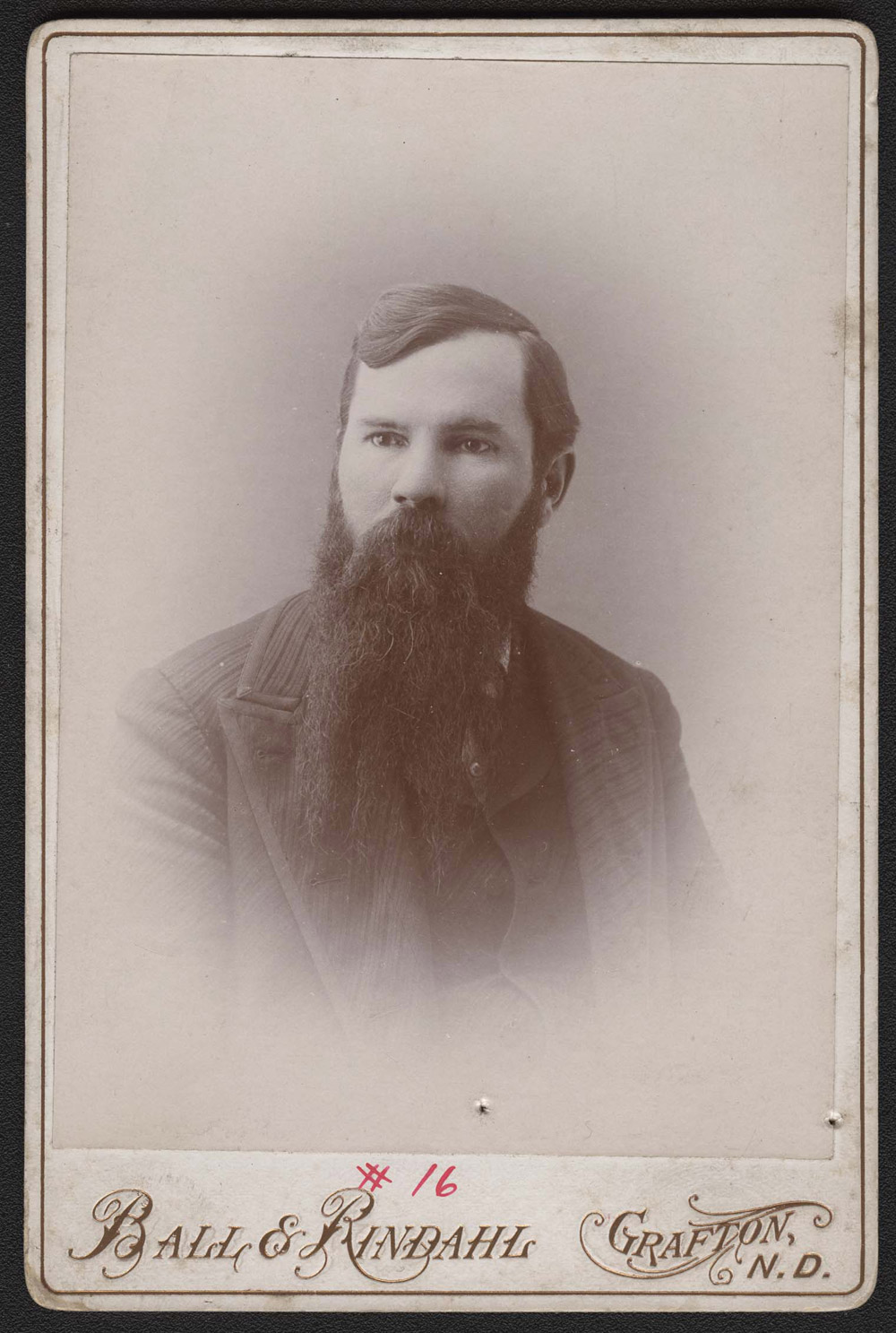
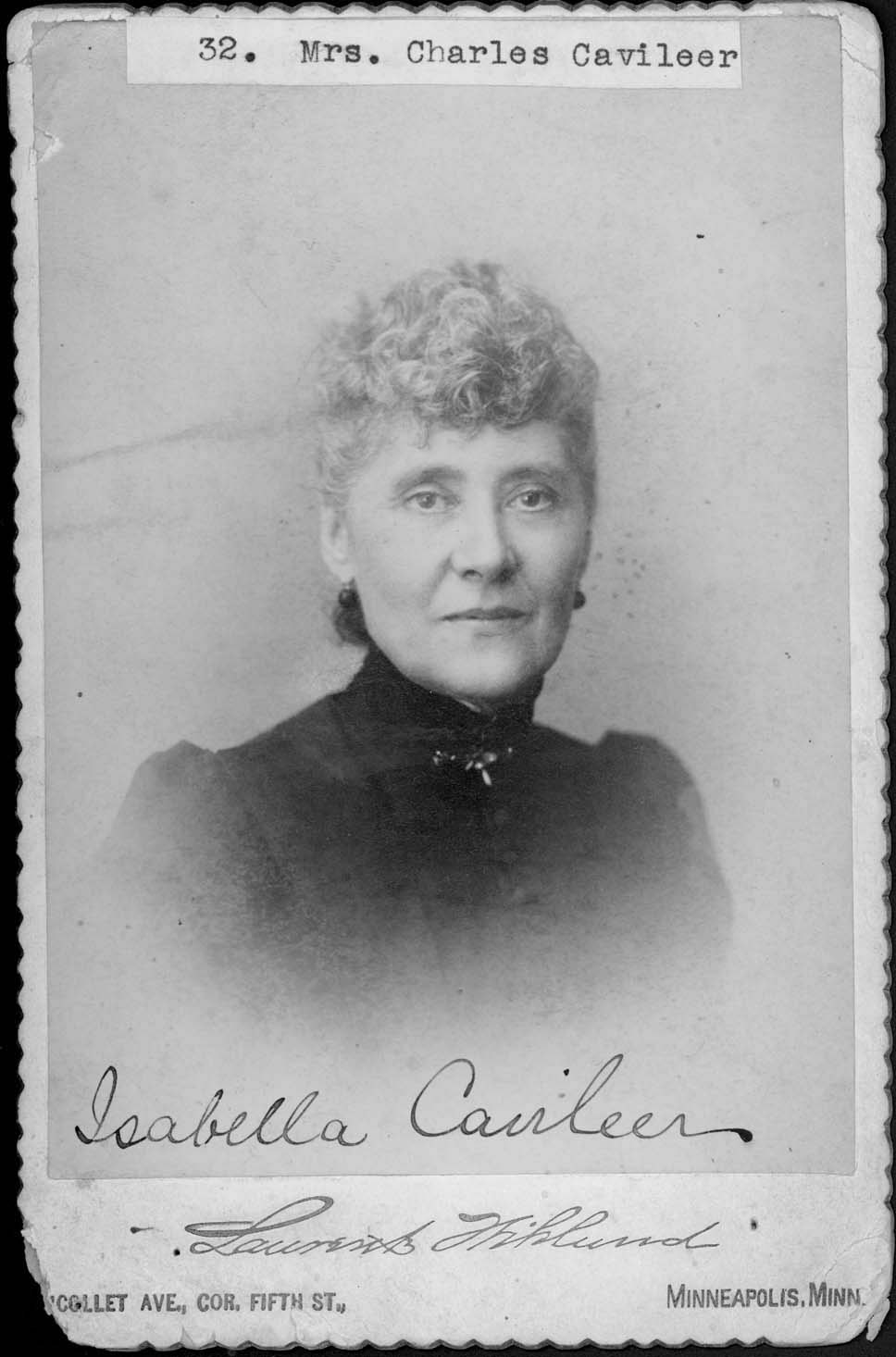
In 1818, when the United States and Great Britain agreed that the international boundary would be the 49th parallel, the Hudson’s Bay Company ordered the settlers to move back to the Assiniboine River on the Canadian side of the border. Fort Daer was dismantled, and the Catholic priest who had come to minister to the residents returned to Quebec. (See Image 2.) However, some settlers decided to stay where they had made their homes.
In the summer of 1823, Major Stephen H. Long led an expedition to the mouth of the Pembina River to locate and mark the 49th parallel. He found a small community of 350 people living in 60 cabins. With the establishment of the border, the people who lived in Pembina looked to St. Paul, Minnesota for trade. Slowly, a trail that utilized the Red River and the Minnesota River, as well as oxcarts and dog sleds established a line of trade with St. Paul. (See Image 3.) However, the village was still isolated, and the population dwindled to almost nothing.
By 1843, the Red River oxcart trail had a small stream of regular traffic. In 1848, a priest returned to serve the people of Pembina, many of them Métis. When a customs office was established at Pembina to govern international commerce, Pembina’s future was secure. (See Images 4 and 5.)
Why is this important? Fort Daer was the first non-Indian settlement in North Dakota. Though the small community had a difficult existence, the settlers proved that crops could grow during the short summers and in the productive soils of the Red River Valley. The Scots, Irish, and other European settlers formed mutually beneficial relationships with the Chippewas and Métis of the area. Intermarriage between the Indians and non-Indians continued to build the settlement’s population and contributed to the development of Métis culture.


